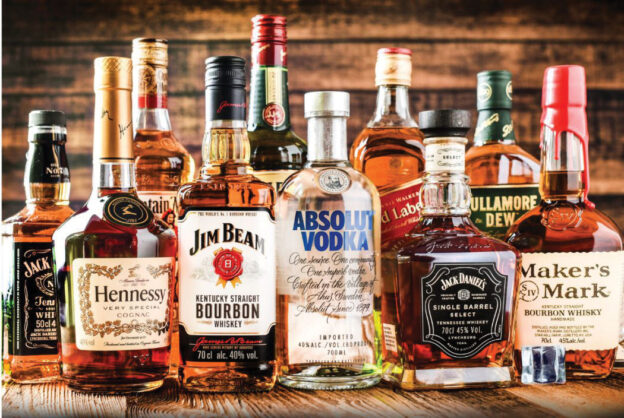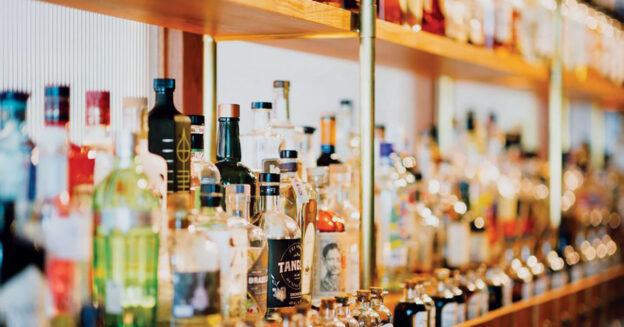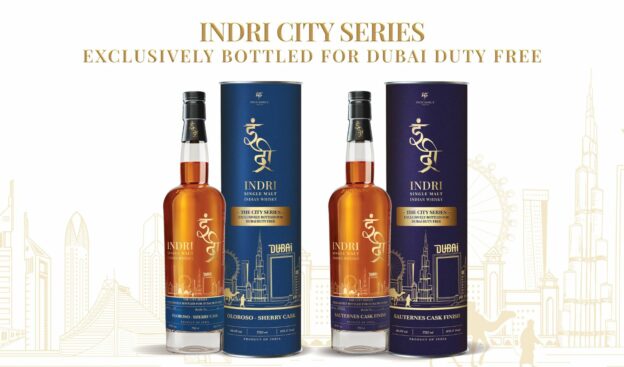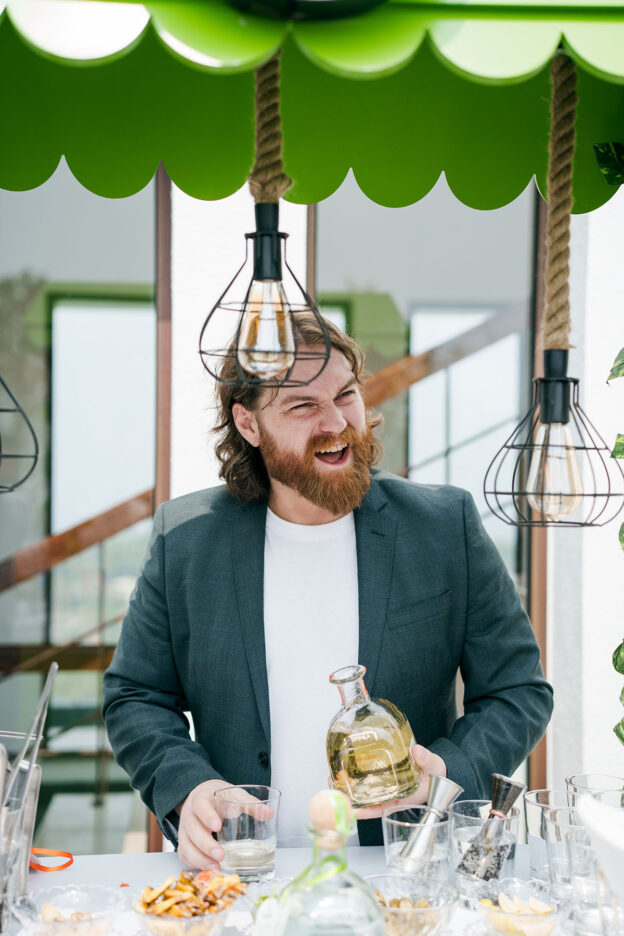High taxation significantly burdens the Indian alcohol industry by increasing production costs, impacting profitability, and potentially driving consumers towards illicit alternatives. While GST doesn’t directly tax alcohol, increased taxes on input materials and logistics contribute to higher retail prices. This, coupled with state-specific excise duties and other levies, leads to a complex and fragmented market with varying prices and access points.
Indian alcohol market is estimated to be valued at 60.11 bn in 2025 and is expected to reach USD 101.10 bn in 2032, exhibiting compound annual growth (CAGR) 0f 7.7% from 2025 to 2032.
India’s alcoholic beverage industry faces regulatory hurdles like liquor bans and high taxation, impacting revenue and market share. Despite these challenges, the industry is projected to grow significantly, driven by premiumisation and evolving consumer preferences.
High taxation, particularly state-level excise duties and other levies, significantly burdens the Indian alcohol industry, impacting both producers and consumers. The industry contends with high tax burdens, with taxes often comprising 65-80% of the final retail price. This complex taxation structure, including state excise duties, VAT, and various fees, restricts financial flexibility and profitability.
In addition, the industry is hobbled by significant compliance overheads and a fragmented distribution ecosystem, where regulatory variations across states create logistical inefficiencies and increased costs. The working capital cycle is often elongated due to delayed payments from distributors and high inventory carrying costs, disproportionately affecting small and medium-sized enterprises (SMEs). For these players, who typically operate on EBITDA margins as low as 10–12%, any downward pressure on pricing can be economically unsustainable.
Indian spirits—particularly whisky, rum, and country liquor—have only a marginal share in global markets. According to data from the Agricultural and Processed Food Products Export Development Authority (APEDA), India exported alcoholic beverages worth USD 322 million in FY 2022–23, with Indian-made foreign liquor (IMFL) comprising a major portion. In comparison, the UK exported over £6.2 billion worth of whisky alone in 2022, highlighting the asymmetry in export capacities. The entry of global players with deep pockets, established branding, and premium positioning will make it impossible for Indian brands to compete against them and scale sustainably or capture premium market share. This reduced market share could ultimately lead to downsizing, plant closures, and stagnation in rural supply chains that depend on the sector for income. If local manufacturers lose market share, states could face a decline in excise revenue and employment generation.
Tax increases on alcoholic beverages can negatively impact the alcobev industry in several ways. They lead to higher prices for consumers, potentially reducing demand, and can also increase the costs for producers due to taxes on inputs. Furthermore, tax increases can lead to a decrease in sales volume, impacting the industry’s revenue and potentially leading to job losses.
Reduced Demand and Sales Volume: Higher taxes translate to increased prices for consumers, which can make alcoholic beverages less affordable, particularly for budget-conscious consumers.
This price sensitivity can lead to a decrease in the quantity of alcohol purchased, impacting sales volume for manufacturers and retailers. Some consumers might switch to cheaper brands or even substitute with other alcoholic products, impacting specific segments of the industry.
Increased Production Costs: Even if not directly taxed, the production process of alcoholic beverages involves various inputs like bottles, labels, and packaging materials, which are subject to taxes like GST. The cost of these inputs can rise due to higher taxes, increasing the overall production cost for manufacturers.
This cost pressure can be particularly challenging for smaller or craft producers who may have less financial flexibility to absorb these increases.
Impact on Revenue and Employment: Reduced sales volume and increased production costs can significantly impact the industry’s revenue and profitability. This can lead to potential job losses in the manufacturing, distribution, and retail sectors of the alcobev industry.
The industry might also face challenges in terms of cash flow and working capital, especially when dealing with tax refunds for input costs.
Potential for Unintended Consequences: Some studies suggest that higher taxes may lead to increased illicit production and sale of alcohol to avoid taxation, which can pose public health risks and further impact legitimate businesses. Consumers may also resort to cheaper alternatives or reduce consumption in other areas to afford alcohol, potentially impacting other industries.
While the industry may argue that tax increases do not reduce alcohol-related harm, some research suggests that price increases can lead to reduced consumption, especially among heavy drinkers and young people.
Industry Arguments: The alcoholic beverage industry often argues that tax increases unfairly burden the industry and consumers, and may not be effective in reducing alcohol-related harm. They may also highlight the potential negative impact on employment and tourism, particularly in areas where the industry is a significant contributor to the local economy.
The industry may also argue that other measures, such as public awareness campaigns and responsible drinking initiatives, can be more effective in addressing alcohol-related issues.
Policy Considerations: Policymakers need to consider the potential economic and social impacts of tax increases on the alcobev industry when formulating policies. Balancing the need to generate revenue and address alcohol-related harms with the potential negative consequences for the industry and consumers is crucial. Consultation with the industry, public health experts, and consumers can help to develop more effective and balanced policies.
Overall, while higher taxes on alcoholic beverages can be a tool to address public health concerns and generate revenue, they can also pose significant challenges for the alcobev industry and potentially lead to unintended consequences. A careful and balanced approach is necessary when considering tax policy changes in this sector.







